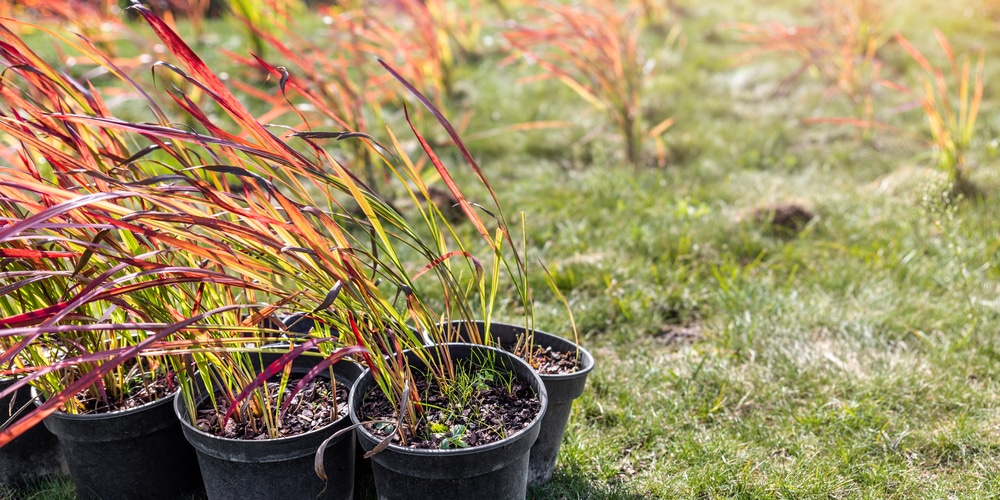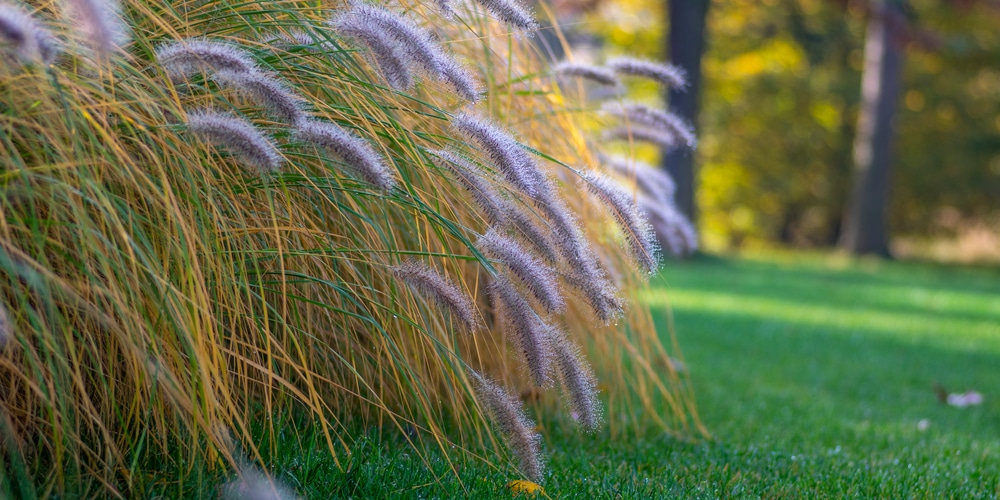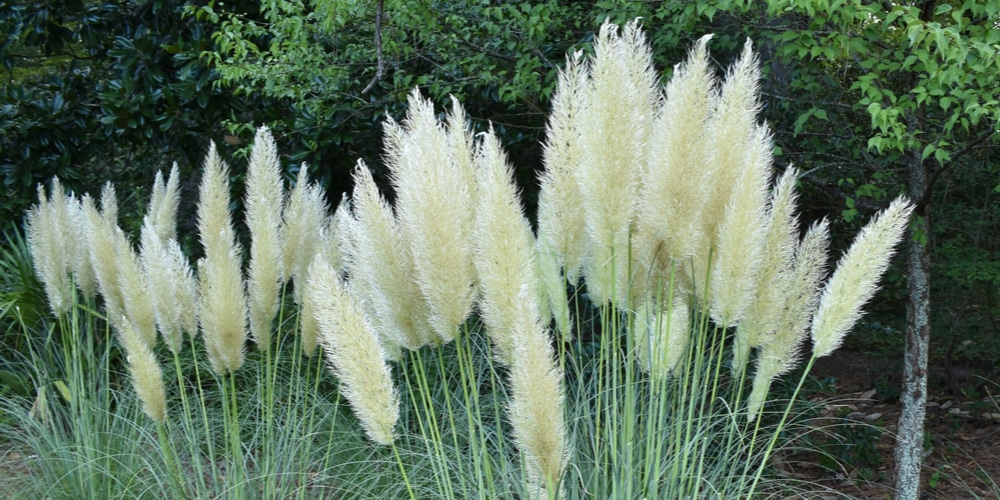Ornamental grasses (as their name suggests) are excellent options for decorating your garden. You can choose from several varieties. Indeed, there are many species out there.
Choose the one better suited to your garden theme, USDA hardiness zone, and aesthetic preferences. Some people like to use them as substitutes for lawns. After all, they add texture and volume to your yard and are usually less challenging to grow than grass.
For instance, you don’t have to mow them once a week, which is always a relief.
Under the ideal growing conditions, your ornamental grasses will likely grow. To reduce congestion and allow adequate space for other plants to thrive in your garden, you may have to split and transplant your ornamental grasses. But how can you do so?
And when is the right time of the year for doing it? You’ll find all you need to know on the topic in this essential guide!
When To Transplant Ornamental Grasses
Overall, the time for splitting and transplanting your ornamental grasses depends on the variety of your plant and your local climate conditions.
There are two categories of ornamental grasses: cool-season or warm-season species. Their differences lay in their growth patterns. Split your clumps before the plant enters its growth phase.
For instance, if your plant grows in late winter to early spring (or when the temperatures are low), it is a cool-season variety. Generally, such plants will go dormant with the heat and might turn brown if you don’t water them adequately. Divide your cool-season ornamental grass in early fall, after the summer heat.
On the other hand, plants that grow as the temperatures rise are warm-season ornamental grasses. Such species will stay green even during periods of drought and usually have no problems thriving with limited moisture.
Divide them in early spring, before new growth starts. Transplant them straight after to reduce stress on your grass. Learn more about transplanting your ornamental grasses in the following section.
How to Divide and Transplant Ornamental Grasses
Regardless of when you do it, dividing and transplanting ornamental grass is more or less the same for all types of ornamental grasses. We recommend you water your grass about one hour before dividing the plant: it will help make the soil more workable.
You can use a spade or a fork. Also, before you divide your plant, cut its foliage to about six inches high. It will ease the process. Using a sharp knife, carefully separate the roots after lifting the plant from the ground.
You may have to divide the clump into more than two parts, depending on the size of your plant.
The frequency with which you’ll have to divide your plant and transplant its “sons” depends on its species. Some plants grow faster than others. Most types need division every three to four years.
Failing to do so might cause growth issues to your plant and make it less aesthetically pleasing. Dividing your plant will make it look better, keep it strong and less susceptible to diseases, and prevent it from dying prematurely.
Should You Prune Your Ornamental Grasses?
Besides dividing and transplanting, you may have to prune your ornamental grasses. While these plants don’t need regular mowing as lawn grasses, they will benefit from trimming from time to time.
Cutting your ornamental grasses will help them stay healthy and will contribute to keeping them in shape. Indeed, some plants might grow aggressively and overtake your garden, which may cause problems for other species you may have in your yard.
Always wear gloves when handling these plants: some might have sharp edges that may cut you or cause skin irritation.
Choose the tools to use depending on the size of your plants. A pair of pruning shears will be more than enough for smaller grasses. You may have to use weed eaters or trimmers for larger ones.
As a rule of thumb, try to trim your plant to about one-third of its size. You will have an easier time tying the grass in a bundle before trimming it: it will allow you to snap it with a clean cut. Keep in mind that such a solution might be challenging if you have a short plant.
Related Article: Tall Ornamental Grasses For Privacy


